Cropwell Bishop Streets: — Dobbin Close (6-7-20)

The homes on Dobbin Close were built in the late 1970s. The purchase price for the first occupants was upwards of £24,000 – which might sound a bargain price today but it was well beyond the reach of most local people at the time.
They were built on land that previously had a large house and extensive land around it – see the old aerial photograph lower down: that was taken in the late 1960s. The large house was the vicarage and the site retains a link with the church because one of the houses on Dobbin Close is effectively today’s vicarage.
Many people may well associate a name like Dobbin with a friendly horse but Dobbin Close gets its name from someone who lived in Cropwell Bishop around 130 years ago: Reverend Abraham Joseph Lockett Dobbin.
He was born in Ireland in 1836. His father was a Methodist minister who regularly moved home to wherever he was needed: Cork, Limerick and Armagh to name but a few.
When Abraham was 28, he married Mary Milne - a young widow in Lancashire where he was a curate.
Within a year they were living in Ruddington (Notts) where Abraham had become the curate. While living there, their first child, Lillian May, was born but, sadly, died within weeks.
Two years later, in 1867, Mary gave birth to Lucy Maud and the year after to Ernest Harold Dobbin who would grow up to become a commander in the Royal Navy. The following year, 1869, she gave birth to Ethel May.
The family then moved to Nottingham where Abraham had been made curate of St James Church on Standard Hill, near Nottingham Castle: the church was demolished in 1936 to make way for an extension to Nottingham General Hospital. It was in Nottingham that their second son, Charles Herbert, was born in 1872 when Mary was 41.
In 1877, when Abraham was 41, he became vicar of Cropwell Bishop and Owthorpe and the family settled into their new life in Cropwell Bishop at the vicarage on Fern Road.
Four babies in five years must have been hard work. However, whilst we don't know details of their home life in Ruddington and Nottingham, we do know that in Cropwell Bishop there were four servants living in the home with them. No doubt modern parents will appreciate the advantages of such help!
For the next 23 years he and his family appear to have been fully involved with the people of Cropwell Bishop. As well as being the vicar, he also served as treasurer for the Parish Council and took an interest in the Cricket Team. The photograph below, shows him (centre) surrounded by the cricket team and villagers. This was probably taken in the 1890s. His wife, Mary, played the harmonium alongside him in church services.
At various times he was on the committee of a number of local organisations including the Board of Education and the Freemasons: he had also been president of the Thoroton Society. He took an active part in the restoration of St Giles and, under his superintendence, a partial restoration was carried out in 1893 in which the Organ Loft and Singers Gallery over the screen in the Tower Arch were removed when the, comparatively modern, pews toward the east end of the Nave were installed.
But in 1900, he suddenly collapsed and died. His health “was known to be in a precarious condition” but, even so, he had conducted a funeral at Cropwell Butler just a few days before.
His wife died just 6 years later and is buried alongside him in St Giles Graveyard. She was living in Castle Donington at the time. His eldest son (and his family) and both his daughters are also buried in the St Giles graveyard. Lucy died in 1934 and both Ethel and Charles died just weeks apart in 1955: they were both in their 80s. It is not known if any of them lived in Cropwell Bishop at the time of their deaths although we know that Lucy was living in the Nottingham area when she died.
Ethel was a keen artist and was also chair of the Nottinham Society of Artists in the 1930s. Some of her etchings and painting are still in the hands of the Dobbin family.
So, when you next pass Dobbin Close on your way to the Health Centre or the Allotments, think not of a horse, but of Abraham Dobbin and his family.
Tony Jarrow
Note:
Since the original publication of this article, I have been contacted by members of the Dobbin family who have kindly provided me with additional facts about Reverend Dobbin and his family: these have been incorporated into the text above. Additonal photographs are also included.

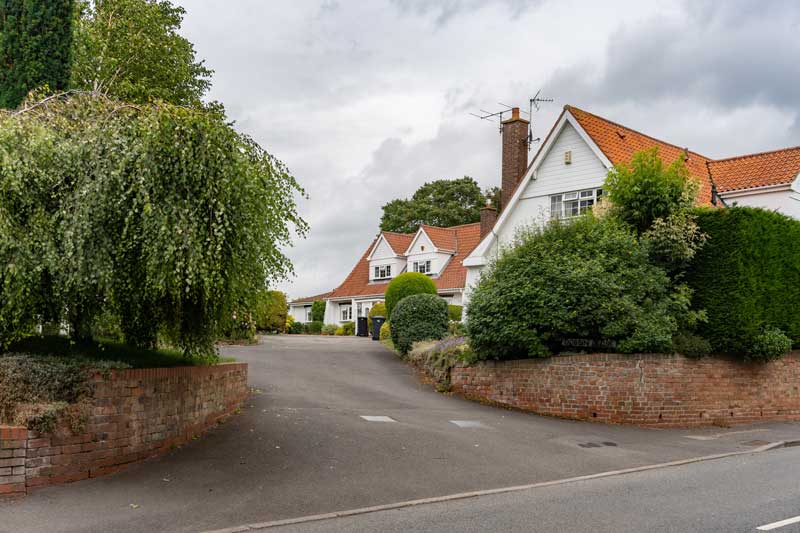
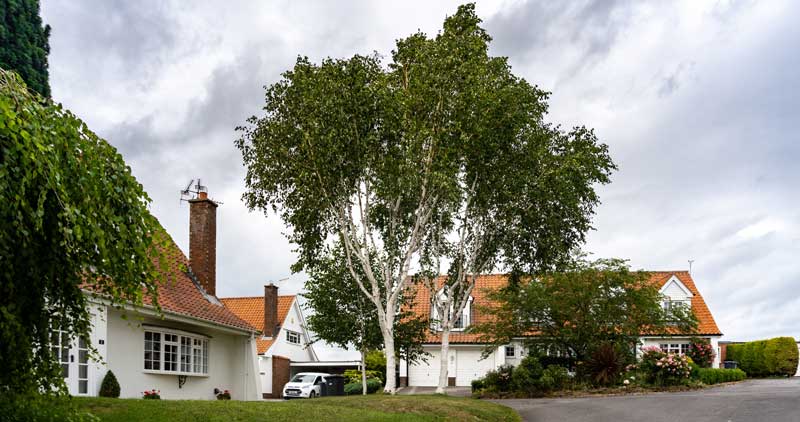

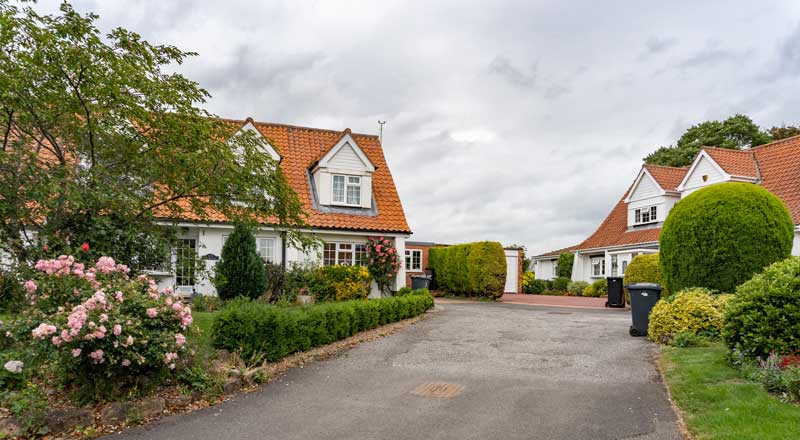


(1980 approx)

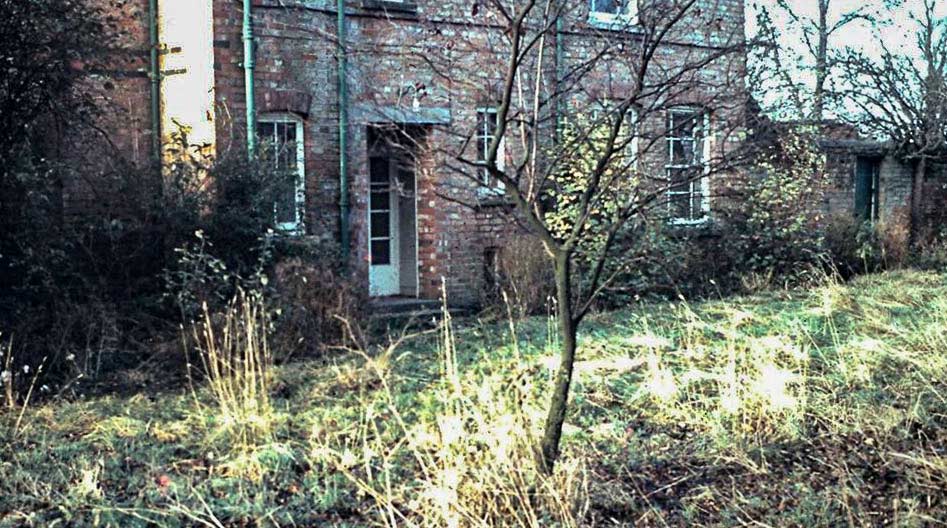
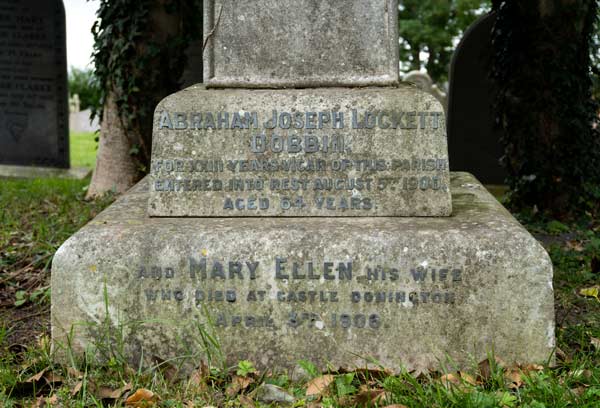
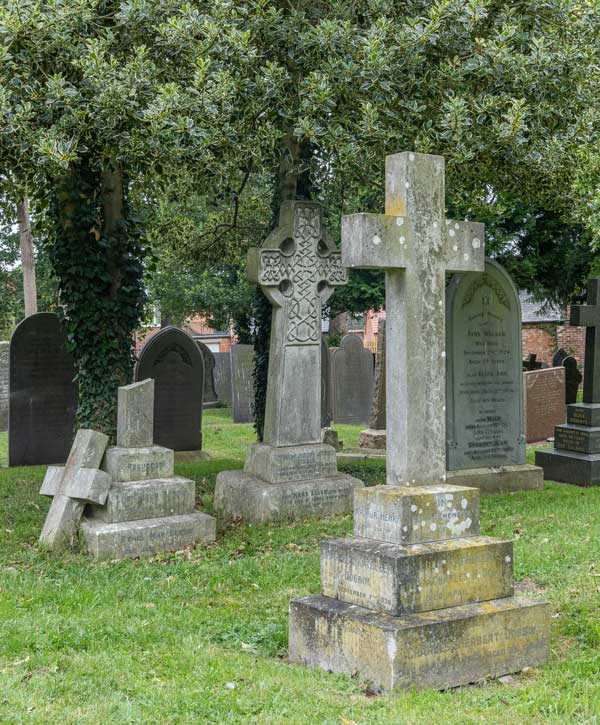
Below: the photograph top left was taken about 5 years ago and the one below it, in the 1960s. The map on the right shows the location of the vicarage. (Photos from Jane Jones).
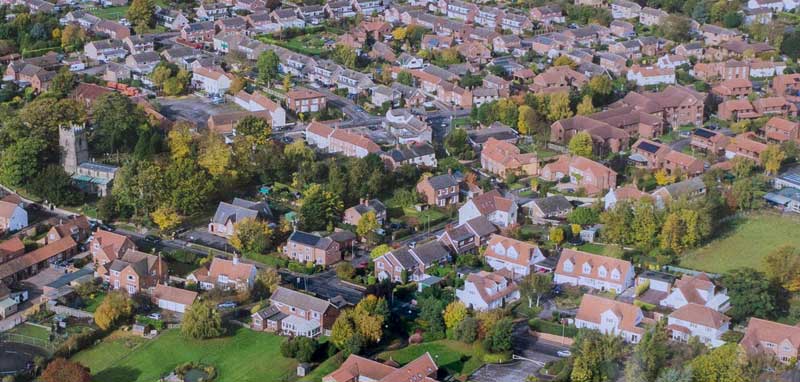
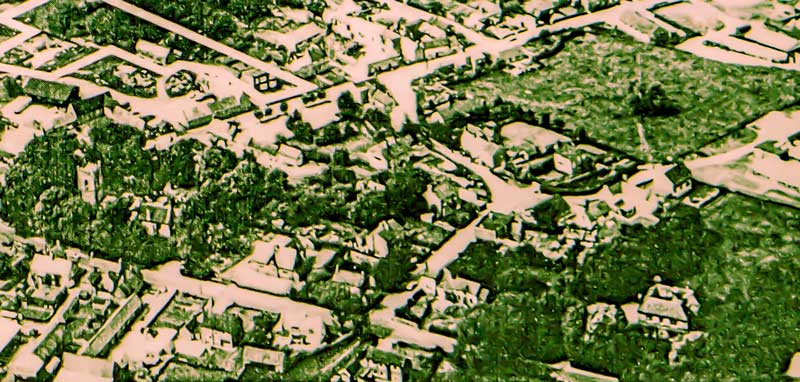
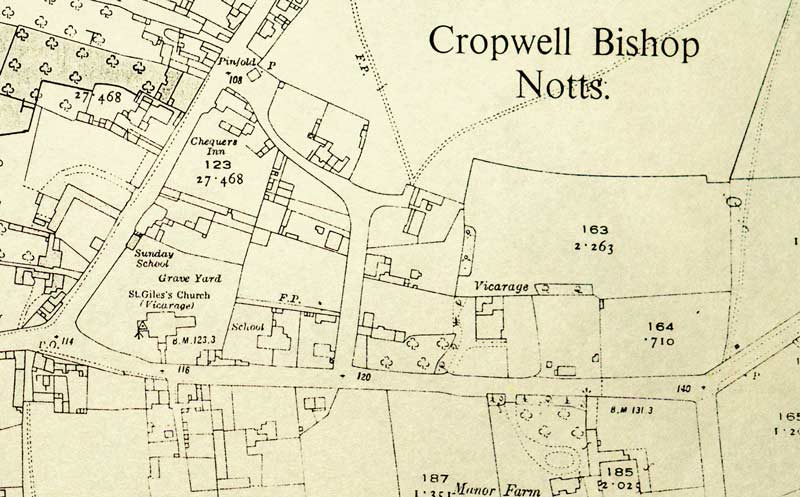
Below: Revd Dobbin surrounded by the cricket team and villagers in the 1890s.

